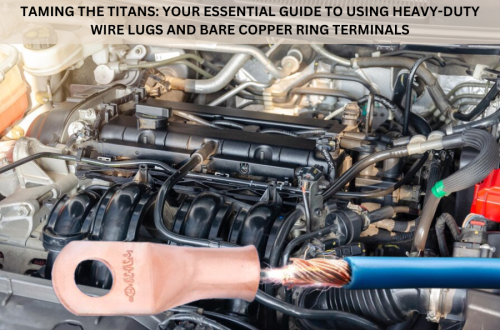Mutual fund investment is an effective way to grow wealth and achieve financial goals. It offers a diversified portfolio managed by professionals, making it an attractive option for novice and experienced investors. This guide will walk you through the steps to start your mutual fund investment journey. Additionally, we’ll discuss the importance of opening a Demat account online, a crucial component of investing in mutual funds.
Understanding Mutual Funds
Before delving into the investment process, it’s essential to grasp the concept of mutual funds. A mutual fund pools money from multiple investors to invest in a diversified portfolio of stocks, bonds, or other securities. Each investor owns units in the fund, and their returns are proportionate to their investment. Mutual funds are managed by experienced fund managers who make investment decisions on behalf of the investors.
Step 1: Set Clear Financial Goals
The first step in mutual funds investment is to define your financial objectives. Are you investing for long-term wealth accumulation, retirement planning, or a short-term goal like buying a house or funding your child’s education? Having clear goals will help you determine your investment horizon, risk tolerance, and the type of mutual funds that align with your objectives.
Step 2: Assess Your Risk Tolerance
Understanding your risk tolerance is crucial in choosing the right mutual funds. Risk tolerance depends on your willingness and capacity to withstand fluctuations in the value of your investments. Conservative investors may prefer low-risk funds like debt mutual funds, while aggressive investors may opt for equity mutual funds with higher growth potential but higher volatility.
Step 3: Research and Select Mutual Funds
Once you’ve identified your financial goals and risk tolerance, it’s time to research and select the mutual funds that suit your needs. There are various types of mutual funds, including:
- Equity Funds: Invest primarily in stocks and are suitable for long-term growth.
- Debt Funds: Invest in fixed-income securities, like bonds and are considered lower risk.
- Hybrid Funds: Combine both equity and debt components for a balanced approach.
- Sectoral Funds: Focus on specific sectors or industries.
- Index Funds: Mimic the performance of a particular market index.
Diversifying your portfolio by investing in a mix of funds can help spread risk.
Step 4: Choose the Right Asset Management Company (AMC)
Selecting a reputable AMC is crucial as it impacts the quality of your investment. Look for AMCs with a track record of consistent performance, low expense ratios, and transparent fund management practices. It is also essential to review the fund manager’s experience and expertise.
Step 5: Complete KYC (Know Your Customer) Requirements
Before investing in mutual funds, you must complete the KYC process. KYC ensures that the financial institution has the necessary information about you to comply with regulatory guidelines. You can complete KYC by submitting your identity and address proof documents to the AMC or through intermediaries like banks or online platforms.
Step 6: Open a Demat Account Online
A Demat account is a digital account that electronically holds your mutual fund units and other securities. Opening a Demat account online is essential, as it facilitates easy and secure trading and tracking of your investments. You can open a Demat account online with a registered Depository Participant (DP). Ensure that the DP you choose is authorised by the Depository and the Securities and Exchange Board of India (SEBI).
Step 7: Invest in Mutual Funds
With your Demat account in place, you can invest in mutual funds. You can invest through various channels:
- Online Platforms: Most AMCs and brokers offer online platforms that allow you to buy, sell, and manage your mutual fund investments conveniently.
- Agents and Distributors: You can also invest through authorised agents and distributors who provide assistance and guidance.
- Asset Management Companies: Directly approach the AMC’s office or website to invest in their mutual funds.
Step 8: Monitor and Review Your Portfolio
Investing in mutual funds is a long-term commitment. It’s essential to periodically review your portfolio to ensure it aligns with your financial goals and risk tolerance. Rebalancing your portfolio by adjusting your investments in different funds may be necessary as market conditions change.
Step 9: Stay Informed
Keep yourself updated with the latest developments in the mutual fund industry and the performance of your investments. Stay informed about changes in the economic landscape and any adjustments needed in your portfolio.
Step 10: Seek Professional Advice
If you are uncertain about the mutual funds or require personalised investment advice, consider consulting a certified financial advisor. They can provide guidance based on your specific financial situation and goals.
Conclusion
Starting a mutual fund investment journey requires careful planning and consideration of your financial goals and risk tolerance. By following the steps outlined in this guide, including opening a demat account online, you can confidently begin investing in mutual funds. Remember that mutual fund investments are subject to market risks, and it’s crucial to make informed decisions and stay committed to your long-term financial objectives.





